Dischidia hirsuta ‘Red Leaf’: Care Tips and Growth Secrets
Learn all about caring for Dischidia hirsuta ‘Red Leaf’, a unique and attractive plant. Discover tips on watering, lighting, and growth secrets to keep your plant healthy and thriving.
Are you mesmerized by the alluring beauty of the Dischidia hirsuta ‘Red Leaf’? This remarkable epiphytic plant, with its vibrant red leaves and trailing vines, is a true showstopper. Whether you’re an experienced plant enthusiast or a newcomer to the world of indoor gardening, mastering the care and growth secrets of this captivating species can be a rewarding journey.
In this comprehensive guide, we’ll explore every aspect of nurturing the Dischidia hirsuta ‘Red Leaf’, ensuring that your plant thrives and showcases its full splendor. From understanding its unique needs to troubleshooting common issues, we’ve got you covered. So, let’s dive in and unlock the secrets to growing this extraordinary plant!
Here’s a short information chart for Dischidia hirsuta ‘Red Leaf’:
| Attribute | Description |
|---|---|
| Scientific Name | Dischidia hirsuta ‘Red Leaf’ |
| Common Name | Red Leaf Dischidia |
| Plant Type | Epiphytic succulent |
| Growth Habit | Trailing or cascading |
| Leaf Color | Reddish-green, sometimes variegated |
| Light Requirement | Bright, indirect light |
| Watering Needs | Allow soil to dry slightly between waterings |
| Temperature | Prefers warm temperatures, avoid cold drafts |
| Soil | Well-draining, aerated potting mix |
| Humidity | High humidity preferred, misting may be beneficial |
| Fertilization | Light feeding during growing season |
| Propagation | Stem cuttings or layering |
| Special Features | Ideal for hanging baskets or terrariums |
Understanding the Dischidia hirsuta ‘Red Leaf’
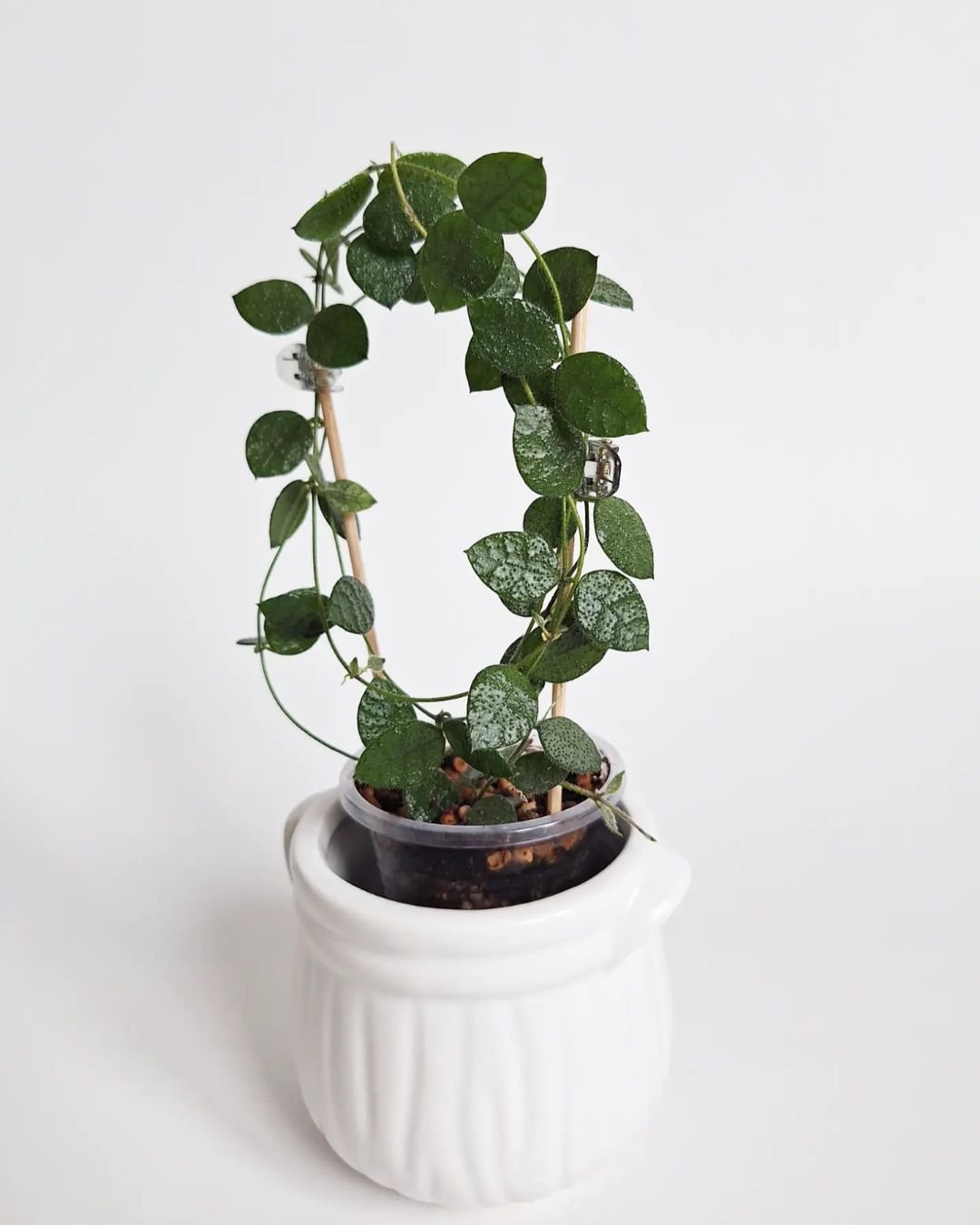
Before we delve into the care tips, it’s essential to understand the nature of this fascinating plant. The Dischidia hirsuta ‘Red Leaf’ is a member of the Apocynaceae family and is native to Southeast Asia. It’s an epiphytic plant, meaning it grows on other plants or trees, deriving moisture and nutrients from the air and surrounding debris.
Lighting Requirements
One of the most crucial factors in ensuring the success of your Dischidia hirsuta ‘Red Leaf’ is providing the right lighting conditions. This plant thrives in bright, indirect sunlight. Direct sunlight can scorch its delicate leaves, causing them to lose their vibrant red hue and become discolored.
Ideally, position your plant near an east or west-facing window, where it will receive ample morning or afternoon light without being exposed to harsh midday rays. If you don’t have access to natural light, you can supplement with grow lights or full-spectrum LED bulbs.
Watering
Needs Watering is another critical aspect of caring for the Dischidia hirsuta ‘Red Leaf’. This plant prefers a well-draining potting mix and requires a specific watering schedule. During the growing season (spring and summer), water your plant thoroughly, allowing the soil to dry out slightly between waterings. In the cooler months (fall and winter), reduce watering frequency to prevent root rot.
A good rule of thumb is to check the soil moisture level before watering. If the top inch of soil feels dry to the touch, it’s time to water your plant. Avoid letting the soil become completely dry, as this can cause the plant to wilt and shed its leaves.
Potting Mix and Containers
The Dischidia hirsuta ‘Red Leaf’ thrives in a well-draining potting mix that mimics its natural epiphytic environment. A blend of bark chips, perlite and sphagnum moss is an excellent choice, providing the necessary aeration and moisture retention.
When it comes to containers, opt for those with drainage holes to prevent waterlogged soil. Terracotta or plastic pots with a wide opening are ideal, as they allow for easy removal of the plant during repotting. Additionally, consider using a hanging basket or mounting the plant on a piece of wood or bark, replicating its natural habitat.
Temperature and Humidity
Like most tropical plants, the Dischidia hirsuta ‘Red Leaf’ prefers warm temperatures and high humidity levels. Aim to maintain a temperature range between 65°F and 85°F (18°C to 29°C) for optimal growth.
To increase humidity, you can place a pebble tray filled with water near the plant, group multiple plants together, or use a humidifier in the room. Misting the leaves regularly can also help maintain the desired humidity levels.
Fertilizing and Pruning
While the Dischidia hirsuta ‘Red Leaf’ is not a heavy feeder, it benefits from occasional fertilization during the growing season. Use a balanced, water-soluble fertilizer diluted to half-strength every four to six weeks.
Pruning is essential for maintaining the plant’s shape and encouraging new growth. Remove any dead or damaged leaves or stems using clean, sharp scissors or pruning shears. You can also trim back leggy or overgrown vines to encourage bushier growth.
Propagation Techniques
One of the most exciting aspects of growing the Dischidia hirsuta ‘Red Leaf’ is the ease of propagation. This plant can be propagated through stem cuttings or by dividing the root system.
For stem cuttings, snip off a healthy section of the vine and remove the lower leaves. Allow the cutting to callus over for a few days before planting it in a well-draining potting mix. Keep the soil lightly moist, and within a few weeks, you should see new growth emerging.
Alternatively, you can divide the plant during repotting by gently separating the root system into multiple sections, ensuring each division has a healthy portion of roots and stems.
Troubleshooting Common Issues
Even with proper care, you may encounter a few challenges when growing the Dischidia hirsuta ‘Red Leaf’. Here are some common issues and their solutions:
- Leaf Discoloration or Drooping: This can be a sign of improper lighting, overwatering, or underwatering. Adjust your lighting conditions and watering schedule accordingly.
- Pests: Spider mites, mealybugs, and scale insects are common pests that can infest this plant. Use insecticidal soap or neem oil to treat infestations.
- Root Rot: If the soil remains waterlogged for too long, root rot can occur. Remove the plant from the pot, trim away any damaged roots, and repot in fresh, well-draining soil.
- Leggy Growth: When the plant doesn’t receive enough light, it can become leggy and stretched out. Increase the light exposure or prune back the leggy stems to encourage bushier growth.
Embracing the Beauty of the Dischidia hirsuta ‘Red Leaf’ The Dischidia hirsuta ‘Red Leaf’ is a true gem in the world of indoor gardening, offering a unique blend of beauty and intrigue. By following these care tips and growth secrets, you can unlock the full potential of this captivating plant and enjoy its vibrant foliage and trailing vines for years to come.
Remember, patience and consistency are key when caring for any plant. With the right environment and attention, your Dischidia hirsuta ‘Red Leaf’ will thrive, adding a touch of tropical elegance to your indoor space. So, embrace the journey, and let this extraordinary plant enchant you with its alluring charm.

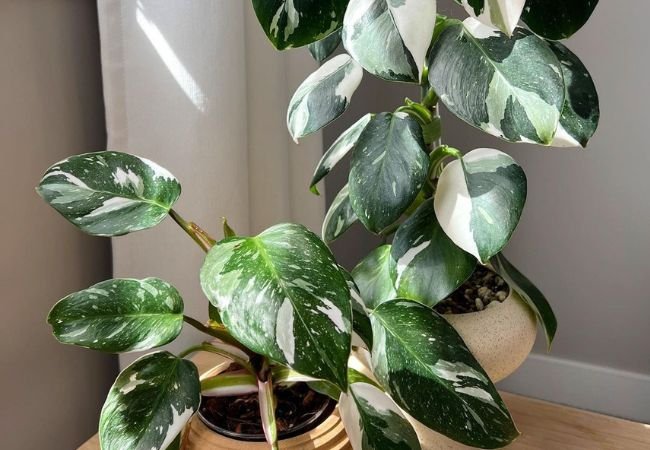
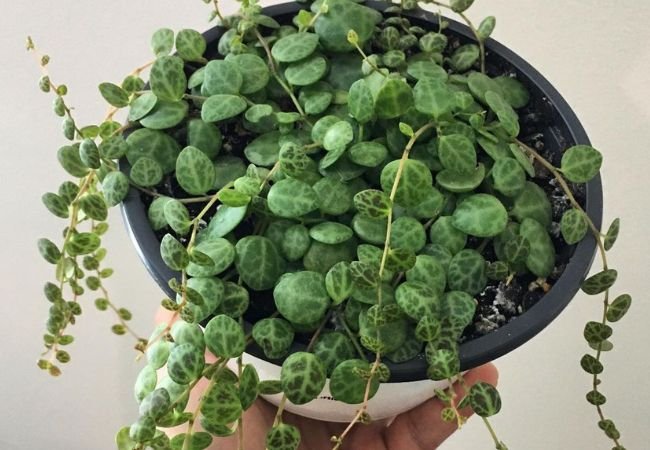
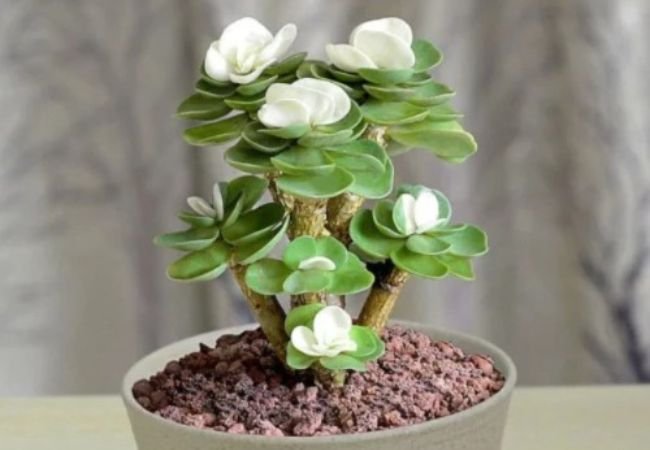
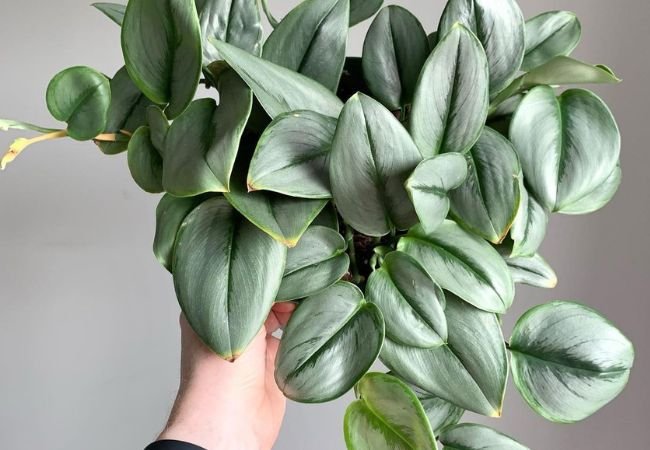
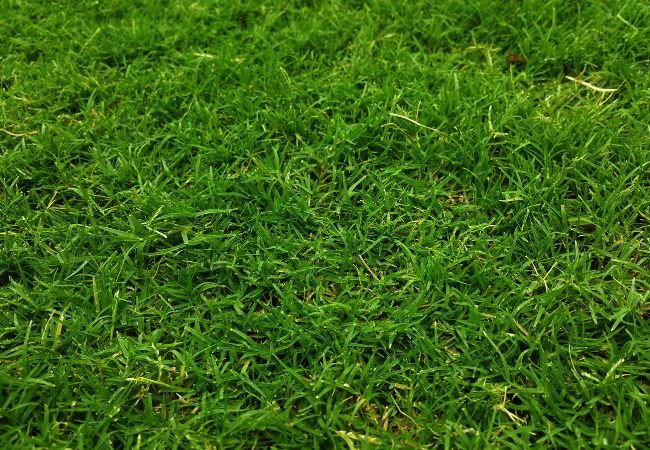
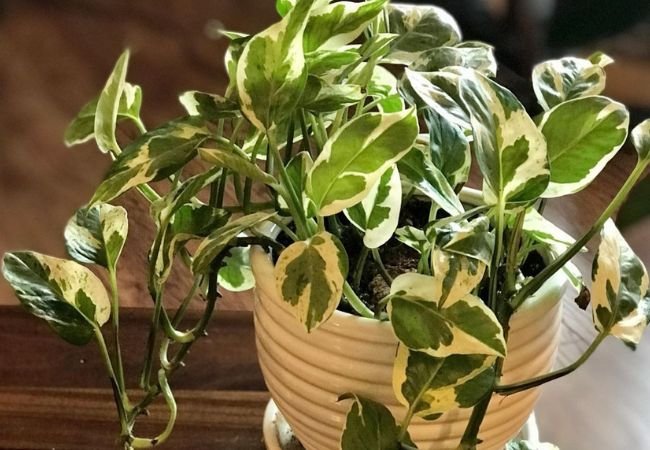
One Comment